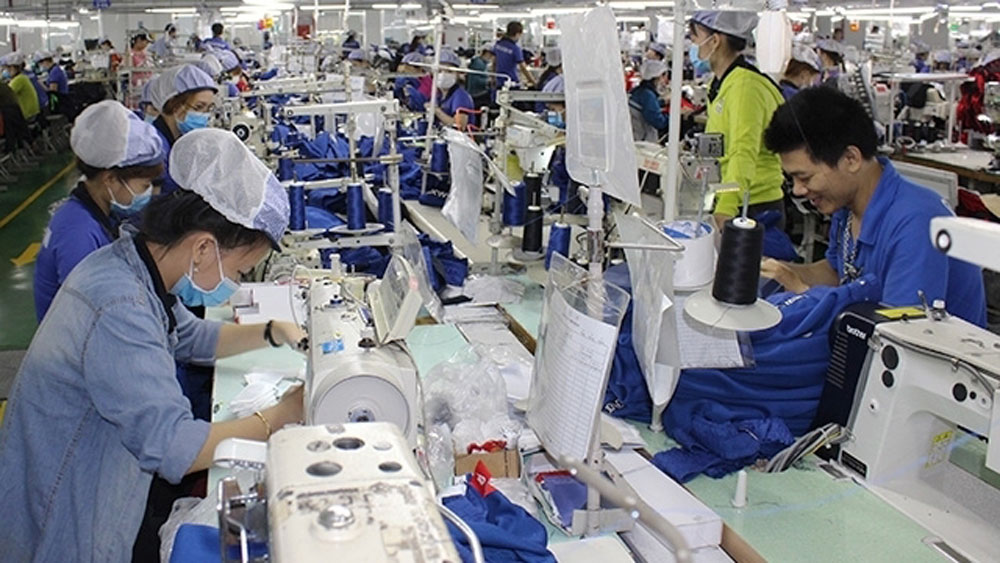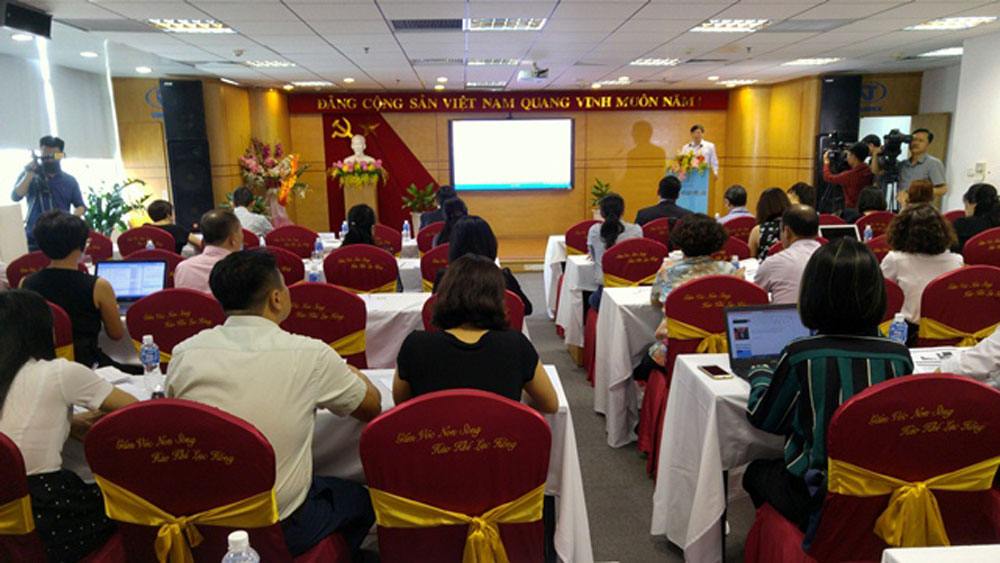Huge potential for boosting Vietnamese textile and garment exports to Australia
 |
|
Vietnamese textile and garment exports to the Australian market are expected to receive a boost from the CPTPP. (Photo: NDO). |
With imports of textiles and garments in 2017 reaching over US$6.2 billion, Australia is considered as a lucrative market for Vietnamese textile enterprises, particularly in the context that Australia has become a member of the Comprehensive and Progressive Agreement for Trans-Pacific Partnership (CPTPP).
To provide further details on the Australian market, and the opportunities for the Vietnamese exporters in making use of the CPTPP, the Vietnam Textile and Apparel Association (VITAS) hosted a workshop on Wednesday (May 9), with the participation of several large domestic textile exporters and experts to offer them opportunities to expand their exports to Australia and the CPTPP market in general.
Statistics show that the import value of textiles and apparel by the CPTPP bloc in 2017 reached over US$53 billion, of which Australia is the third largest importer with a value of over US$6.2 billion, accounting for 11.67%.
Meanwhile, Vietnam's textile and garment exports to the CPTPP market in 2017 reached over US$4.8 billion, accounting for 9.07% of the market share, posing great potential for the Vietnamese products to be exported to the CPTPP in general and the Australian market in particular.
According to Nguyen Phuc Nam, Deputy Head of the Asian - African Market Department under the Ministry of Industry and Trade, Australia is a potential market for Vietnamese garments. As committed to in the CPTPP, from the date of the CPTPP coming into force, Australia will reduce its import duties to 5% in the first year and 0% in the fourth year for most of the suits, jackets, and blazers (HS 6203 and 6204). Particularly, for HS 6205, tariffs will be 0% from the first year of the agreement. Meanwhile, the basic import tax rate for garment products is usually 5-10%.
In addition to the tariff advantages, retail prices of goods in general, and textiles in particular, in the Australian market are often very high, while Australia currently tends to import and order processing from Vietnam due to the cheaper labor compared to others, plus the preferential tariffs.
Australia has a huge consumption demand for textiles and apparel, but the market share of Vietnamese textiles is still negligible. According to Truong Van Cam, VITAS Vice President and General Secretary, Vietnam’s textile exports to Australia were just below 10%. However, with the advent of the CPTPP, the expected growth rate could reach double digits.
 |
|
Delegates at the workshop agreed that there is huge potential for Vietnam to boost the trade of its textile and apparel products to Australia and the CPTPP bloc. (Photo: NDO/Trung Hung). |
To boost exports to the Australian market, Cam suggested that Vietnamese textile companies promote trade connections and join trade fairs in Australia in order to introduce their products to local importers and customers while forming links between Vietnamese and Australian enterprises. He also proposed to apply modern techniques and technology transfer to improve the product quality to meet the selective demand in the Australian market.
Tran Van Quyen, Australian Woolmark Representative for Vietnam, said that Australia's buying power is even greater than that of consumers in the US and Europe. However, orders from Australia are usually small because the form of sales is mainly online business that is suitable for Vietnamese small-scale businesses. He suggested that domestic textile companies ensure quality assurance for their items exported to the Australian market, even with small orders.
Sharing the same view as Quyen, Rajesh Bahl from the Seam Consulting Group Australia, said that despite a small population of over 24 million people, the market is selective for textile and apparel products. If Vietnamese enterprises can satisfy their requirement on orders and product quality, they will gain a strong foothold in this market, he said.
Source: NDO
 Bắc giang
Bắc giang









Reader's comments (0)